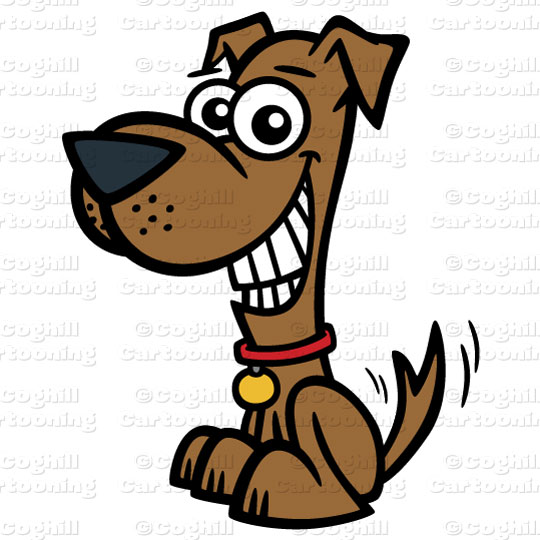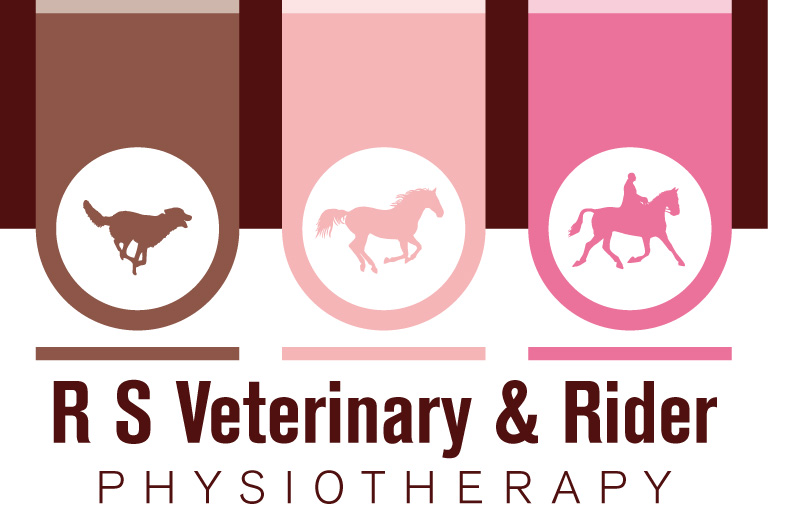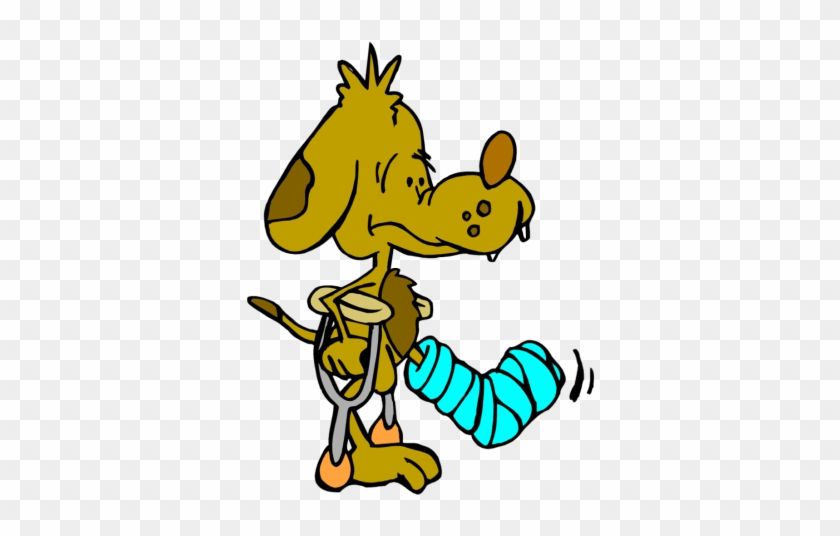We all love to see our dogs running and playing. But do you ever consider what effects running, twisting and jumping have on your dog’s body? There are multiple processes occurring whenever any of us move, including structures such as soft tissues (muscles, tendons, ligaments); skeletal joints and neurological processes. Dogs, as with all mammals are designed to perform functional movements as above but there are a number of factors which may lead to increased risk of injury. Overloading structures due to lack of maturity, repetitive, uncontrolled movement, obesity and poor conformational factors (often due to certain breed traits selectively bred by humans) can predispose your dog to injury and long-term conditions such as osteoarthritis.
Musculoskeletal conditions/ injuries form a significant portion of complaints seen by veterinary surgeons. These types of injuries are not only painful for your dog but expensive on your pocket. Orthopaedic surgery for Cranial Cruciate ligament ruptures (commonly seen cost £3-4000 in veterinary fees plus rehabilitation costs and increased time spent to aid recovery. However, there are a number of steps/ considerations you can take to reduce risk of injury to your dog.
AGE/ BREED CONSIDERATIONS
Dogs reach skeletal maturity at approximately 12-24 months (breed dependant- small breeds will mature earlier while giant breeds will take longer). Growth plates remain open until the dog has reached its mature height and overloading of the joint with inappropriate exercise and jumping can contribute to joint disorders such as hip dysplasia.
Some breeds are predisposed to certain conditions (e.g. Intervertebral disc disease in dachshunds) so consideration should be taken with activities undertaken by your dog.
HOME ENVIRONMENT
Avoid slippery floors- we often see ‘cute’ pictures of puppies slipping around floors on social media but constant slipping on floors is highly likely to contribute to joint problems in any dog. Puppies and immature dogs are extremely susceptible but care should be taken with any dog. One of the common things I advise owners when I visit dogs in their homes is to use rugs and runners where possible. If this is not possible there are products you can apply to your dog’s paws to help improve grip.
Stairs- if your dog does have to go upstairs never allow it to run up/ down in an uncontrolled manner. Again, try to avoid repetitive use of stairs with juvenile dogs.
Jumping on/off furniture- Many of us allow our dogs to sleep on the furniture but uncontrolled play, hurtling on/ off furniture is likely to put your dog at greater risk of injury.
Jumping in/ out of cars- Take into consideration the age/ type of dog and what sort of car you have. Research has shown repeated jumping in and out of four x four vehicles may predispose dogs to joint problems. Young/ old dogs will be more susceptible to injury. If necessary, lift your dog or use a ramp/ steps.
WEIGHT
Obesity significantly increases development of degenerative joint disease. Using Body Condition Scoring can help you to assess/ manage your dog’s weight. Seek advice from a professional such as your vet or physio if you are unsure whether your dog is the correct weight.
EXERCISE
Ensure your dog is fit enough to carry out the activities you want to do with it. Dogs, like humans, are susceptible to injury if you overload anatomical structures by suddenly increasing activity levels, e.g. If you are a weekend warrior and go for several hour hikes/ sport after doing minimal exercise during the week.
Consider the use of collar/ harness used for your dog. If your dog pulls it may be more susceptible to neck injuries if you use a lead attached to a collar. If you use a harness make sure it is properly fitted and does not impact on the movement of the dog’s forelimbs. Current research indicates that certain types of harness can impede shoulder movement and affect the dog’s gait. Obviously breed/ type will influence what type of harness is most appropriate for your dog.
Warm up- Warming up by using low intensity exercise will prepare the dog’s musculoskeletal system for higher intensity activity by warming up soft tissues and preparing muscle activity/ responses. If your dog is of an energetic disposition avoid letting it jump straight out of your car and charge around or start throwing balls. Always do some controlled exercise before allowing more dynamic bursts of activity. Abrupt cooling of tissue can also increase risk of injury so a warming down period of 10- 15 minutes controlled walking is also advisable.
Avoid over use of repetitive/ uncontrolled activities such as ball throwing/ use of ball lobbers. This is estimated to cause some of the highest incidence rates of Cranial Cruciate injuries. For those with ball obsessed dogs try throwing the ball into the undergrowth and encourage your dog to hunt for it.
If your dog takes part in athletic activities such as agility or flyball it is also advisable to do some preparatory training to aid strengthening/ balance/ control, e.g. use of pole work/ grids; balance cushions/ paw pods. Seek professional advice if you have never used this type of equipment or need some specific advice for your dog.
It is good practice to work your dog evenly from both sides when training- like us dogs have a more dominant side which they will find easier to work from. Training/ doing exercises on both sides will help to ensure they have a more symmetrical development of the musculoskeletal system.
ASSESSMENT/ MONITORING
There are several things you can do to check for any early signs of injury/ development of musculoskeletal disease:
Change in behaviour may indicate onset of pain- e.g. increased reluctance to exercise; reluctance to lie on one side; snapping/ growling. Always check with your vet if your dog starts to show any change in behaviour.
Change in performance- for agility dogs this may present as knocking poles; reluctance to turn in one direction; missing stride at jumps; reduction in speed.
The following simple checks can be carried out to monitor any changes in your dog before the above becomes apparent:
Observe your dog in standing- do they look comfortable, do they appear to be favouring one side, do they look level through the shoulders/ spine/ pelvis if you observe them from in front/ behind with even musculature. Try lifting one foot at a time- do they appear to put weight evenly through their limbs (usual weight distribution ration is 40:60 forelimbs: hindlimbs)
Observe your dog moving- do they appear to take even steps; do they appear to swing one leg to the side or move it further across the midline towards their opposite leg. Check your dog backing up- are they happy to back up (dependant if they are familiar with exercise), again watch for limb placement. Do they sit happily with even weight on their limbs (dogs will sometimes habitually sit with hindlimbs to one side but it can be a sign of chronic discomfort- can it be easily corrected?). Do they push evenly during transitions from sit to stand or lie to sit? Do they move off happily or do they appear stiff for a few steps?
Assess flexibility – use treats to assess spinal movement/ flexibility (ask your physio if you are not sure how to do this). Ask your dog to move in tight circles clockwise and anticlockwise- are they happy to move in both directions (some dogs will find it harder to move to their non- dominant side but if carried out regularly they should be able to do this happily). Again, check for limb movement- do they swing out a hindlimb on one side or shorten their steps more one way than another?
For the canine athlete, recording your dog regularly on video and playing back in slow motion can help to identify subtle changes in gait and movement as an early indicator of injury.
When grooming your dog regularly palpate to check for any tender spots or signs of discomfort.
By regularly carrying out these checks you will learn what is normal for your dog and pick up on any irregularities.
Whether you have just acquired your first puppy or regularly take part in sporting/ working activities with your dog, taking some time and consideration can save in terms of cost both for your pocket and short/long term comfort of your four-legged canine partners.


